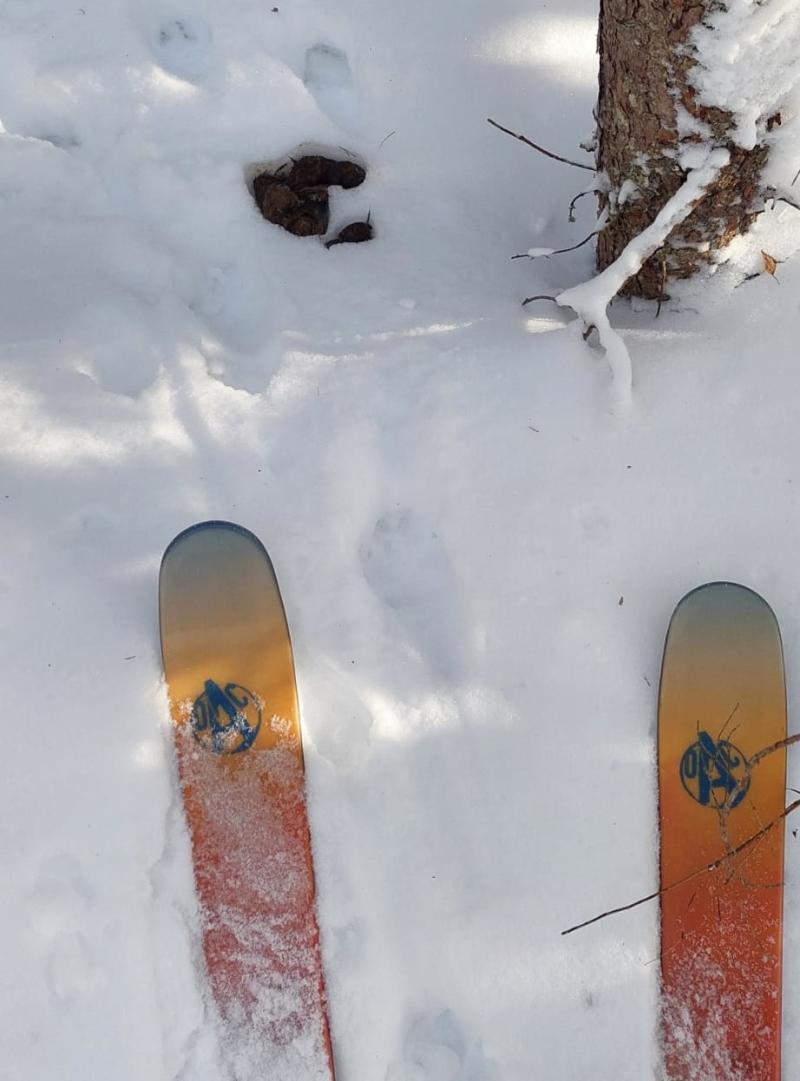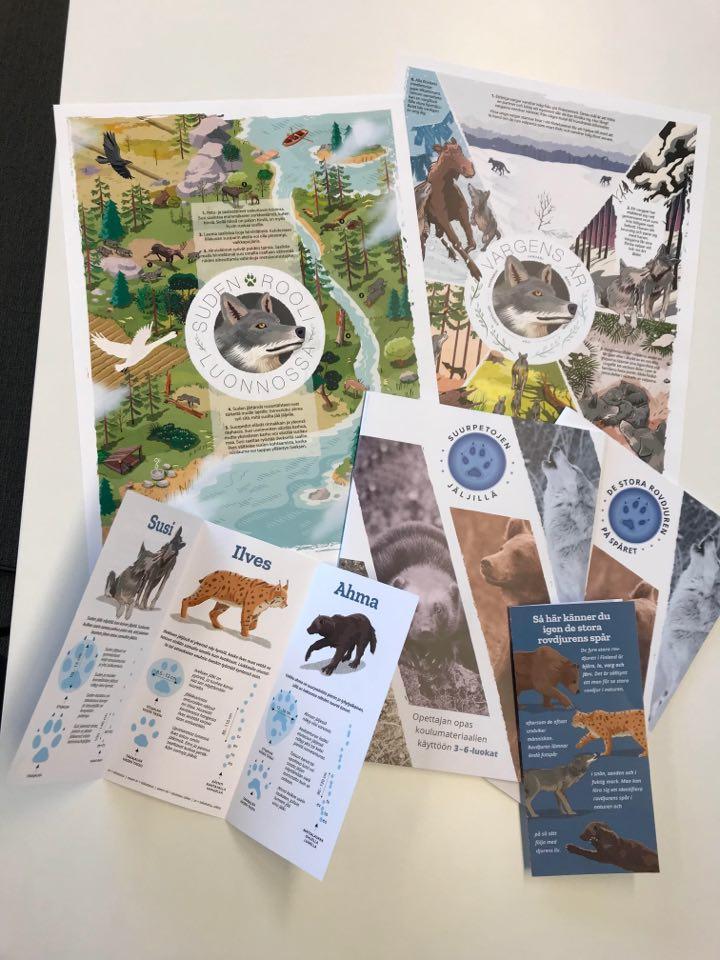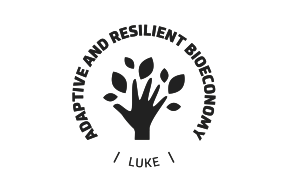Kilometres of electric fence, thousands of poop bags and numerous information packages – results of the LIFE BOREALWOLF project in numbers
The summer is quickly approaching. DNA samples collected during the winter are currently being analysed, and a fresh estimate of the wolf population will soon be published. A new pasture season has started for domestic animals. The project has already passed its halfway point. What has been achieved so far?
The figures were collected at the end of March 2023.
Collection and monitoring of DNA samples
Goals: DNA extracted from wolf faeces can be used to identify individual wolves and gain new information about packs and pairs. The project involves training volunteer sample collectors, sharing information about DNA monitoring, and collaborating with international researchers to develop the method.
The monitoring already covers more than 90% of the known wolf territories. The DNA results have been published online in the map service of the luonnonvaratieto.luke.fi website, and reports have been compiled based on them by territory (winter 2020–2021, pdf, winter 2021–2022, pdf, both in Finnish).
Nearly 4,500 DNA samples have been collected during the project. During the 2021–2022 collection season, sample collection activities were extensive and comprehensive, resulting in more than 1,100 DNA samples, with approximately 170 volunteer collectors supplying the samples. More than 300 people have participated in the training for voluntary DNA sample collectors over the years.
The media have been informed about the stages and results of DNA sample collection several times a year, and journalists have been very interested in the topic. Popular texts have been written about DNA monitoring, a video (in Finnish) has been produced, and a webinar has been arranged for citizens.
International researcher collaboration has intensified, and DNA samples have been cross-examined with Swedish and Norwegian researchers.
(Text continues after the photo.)
Modelling tools for wolf population management
Goal: The modelling tool for population management helps the game administration anticipate changes in the wolf population and assess the consequences of measures. For example, the model can show how variation in the elk population affects the wolf population and vice versa.
The basic model of the Management Strategy Evaluation (MSE) tool, which compares population management measures, has been published. Stakeholders have been involved in the design of the model. You can try the model with a game simulating the populations of multiple species (in Finnish).
The MSE tool has already been demonstrated to more than a thousand people participating in regulating the elk population, such as hunting managers.
In addition to the MSE tool, the role and significance of modelling in population evaluation have been illustrated with the aid of video and text.
Goal: A monitoring tool to be used by the hunting and fishing control authorities shows the movement of wolves on a map and predicts where the risk of illegal actions against wolves is highest.
A monitoring tool has been created for the hunting and fishing control authorities. Its prototype is currently in test use. The tool brings together information from various sources in a single application. The first experiences with the tool have been excellent.
Police and game warden patrol in Eastern Finland
(Text continues after the photo.)
Prevention of losses
Goal: The project provides livestock farms with information and equipment to protect animals from large carnivores. Three planning officers from the Finnish Wildlife Agency carry out visits to farms and offer advice. The project aims to develop new methods for protecting domestic animals and hunting dogs.
The project’s planning officers have contacted about 90 livestock farmers and made about 150 visits to farms. Through the project, about 70 kilometres’ worth of predator fence materials in total have been delivered to 40 farms.
The project has tested new methods for protecting domestic animals. Game cameras have been in use at 41 farms, GPS collars at 8 farms, and repellent devices and streamer lines at 25 farms. Experiences of the new protection methods will be collected until 2024.
In the summer of 2023, testing will start for roofing solutions that facilitate the maintenance of predator fences. The benefits will be examined over several pasture seasons.
Solutions for reducing losses of dogs have been surveyed with various stakeholders. Finding an effective solution to protect dogs has been the most challenging part of the project. The search for a solution continues. At the same time, the project shares information to help prevent losses of dogs.
Interaction and cooperation in wolf regions
Goal: The project updates the training material for carnivore contact people and aims to expand the network of volunteers.
A guidebook for carnivore contact people was published in 2021 (Booky, in Finnish).
A basic course for carnivore contact people was opened online in February 2022 (in Finnish). A course in Swedish was opened at the end of 2022. By March 2023, more than 750 registered users had accessed the course materials, and more than 450 people had completed the course.
Goal: The activities of territory cooperation groups on issues related to wolves will be developed with new work guidelines and by promoting local dialogue.
Updated guidelines for territory cooperation groups were published in 2022 to provide a framework for the operations.
A series of webinars and regional discussion events has been organised for the territory cooperation groups every autumn.
Communication
People, media and Parliament will have access to a range of up-to-date research information about wolves. The progress of the project can be followed on the website (www.susilife.fi), Twitter, Instagram, Facebook or via a newsletter.
The wolf debate has become heated in many forums. Frustration with wolf population management and politics makes communication about the topic difficult. Attention has therefore been paid to the style and principles of communication within the project from the outset. Communication is interactive and based on information backed by research. The project focuses on open communication, dialogue and cooperation.
In-person meetings are the most important means of communication in the project. Planning officers, the game warden patrol and other people working in the project meet people alongside the fieldwork, have discussions with them and share information as required.
The project has been presented at events organised both by the project and various stakeholders. There have been approximately 150 events in total.
Twenty-nine media releases have been published, and six media events have been arranged. LIFE BOREALWOLF is estimated to have been in the news more than 450 times.
School materials on large carnivores have been published on the Luonnonvaratieto.luke.fi website. The school materials printed through the project were all reserved within a few weeks and mailed to schools all over Finland. The school visits carried out through the project have reached approximately 1,300 schoolchildren.
Discussion sessions have been organised annually for members of parliament and the project’s stakeholders.
The project participated in the International Sportsmen’s Fair in Riihimäki in 2022. It has also participated in numerous international seminars and conferences. One international seminar was organised by the project in Nuuksio.
In addition to the website, the project can be followed on X, Instagram (@susilifehanke) and Facebook. The Hukkaposti newsletter provides a summary of the most important news by email a few times a year.
(Text continues after the photo.)
Good practices to be continued after the project
The main objectives of the project are defined as 1) reducing any negative impact associated with the presence of wolves, such as fears, concerns, and any losses of dogs and domestic animals, 2) increasing the acceptability of wolves in society, and 3) developing tools for wolf population management, such as preventing the illegal killing of wolves.
One of the project’s main goals is increasing the acceptability of wolves in society. The goal involves a change in public attitudes towards wolves. To measure this, a survey was carried out at the beginning of the project to find out how the public feels about large carnivores. The same study will be carried out again after the end of the project. In addition, the project monitors and analyses media reporting and collects the experiences of livestock farmers, for example.
With the project, unique collaboration has been initiated between different organisations in Finland. For example, cooperation between the police and the game and fisheries wardens, as well as between the police and Natural Resources Institute Finland, has also been found to be of interest in our neighbouring country, Sweden, from where local authorities have visited Finland for a study trip. Another Finnish speciality is the local territory cooperation groups, whose activities the project promotes. They include representatives of the municipality, game management association, hunting club, nature conservation association and livestock farmers in the area, as well as the village association, the police, Metsähallitus or the border guard, depending on the situation.
We are already preparing for life after the project. Are we on the right path? Will we achieve the targets? Which of the project’s operating models should be continued in the future? These questions are in the minds of people working in the project. Our work continues, especially with the various stakeholders, so that we can also ensure cooperation and communication with the different parties after the project.
Cover photo © Mari Tikkunen / The Finnish Wildlife Agency




